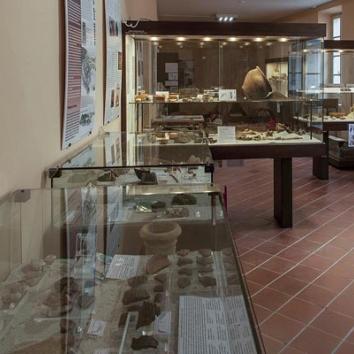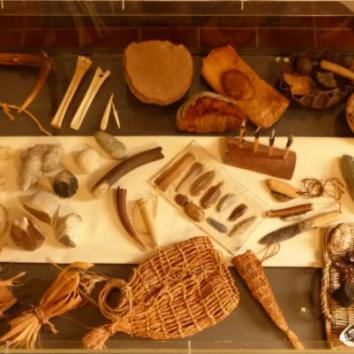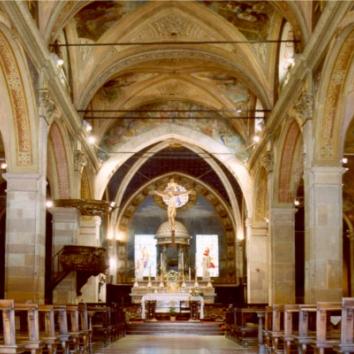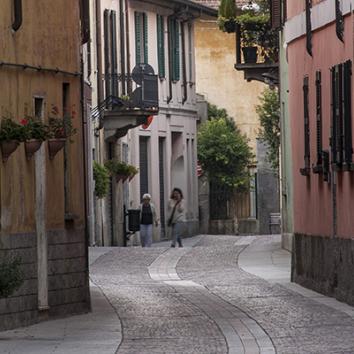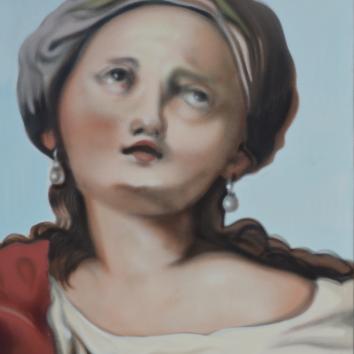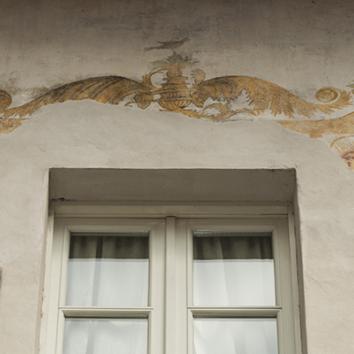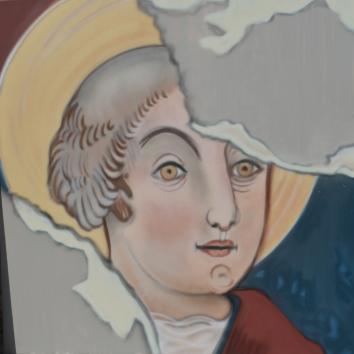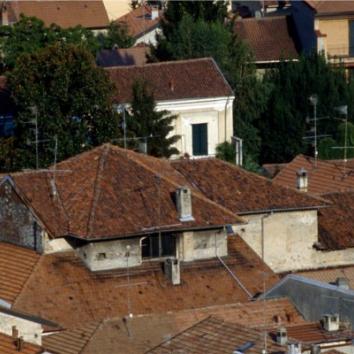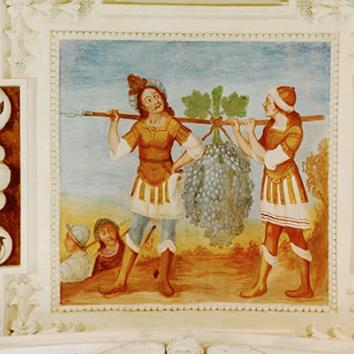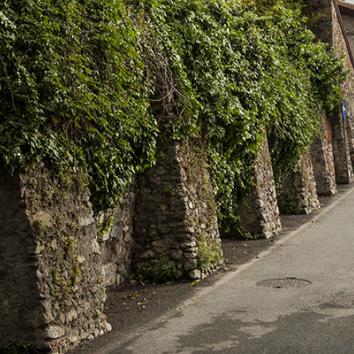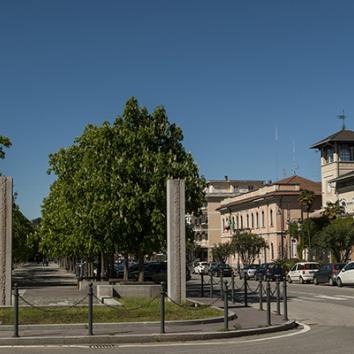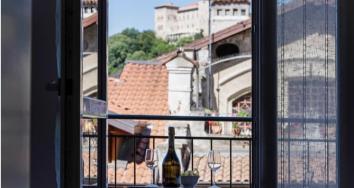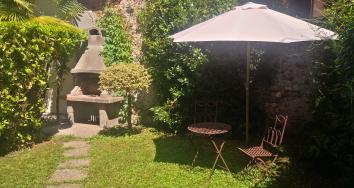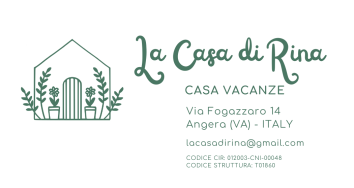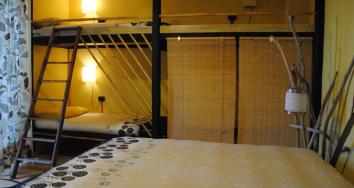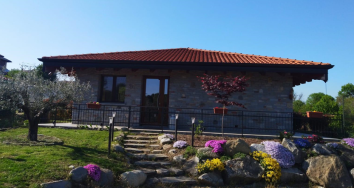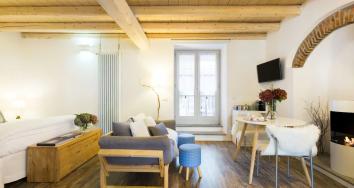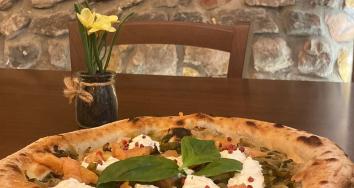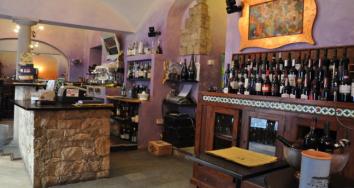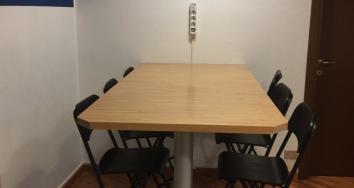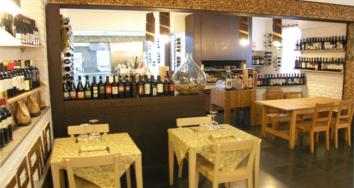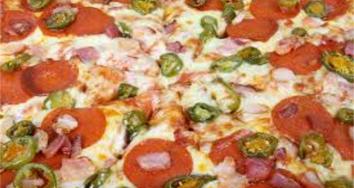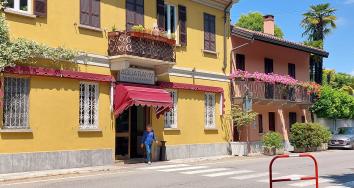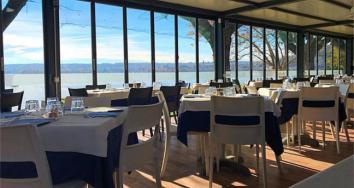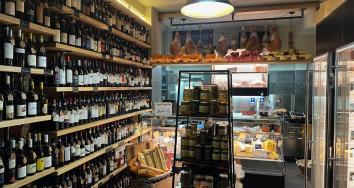The Archaeological Museum and MABA
Cultural places accessible to everybody
MABA is part of a project, co-funded by the Region of Lombardy, entitled DA0A100A360°, which provides for an update of the museum and educational facilities and spaces. The main objective of the project is to make the knowledge of pre and ancient history of the territory more accessible and the museum structures better accessible to a diversified public, including families with children, old people or people with mobility difficulties, people with visual, cognitive or social difficulties or with specific or special educational needs. The Museum will certainly not be able to respond to all the needs that may arise, but is committed to taking into account the different needs that emerge from listening to visitors and trying to provide possible and economically sustainable results.
MABA is not a museum in its own right, but it is part of the Archaeological Museum, which offers two areas, one dedicated to prehistory and one to Roman times, a lapidarium, a conference room and educational laboratories, and a warehouse. It does not have its own displays and traditional guided tours are not organized, children do this with their class when they come to the Archaeological Museum during school hours. MABA offers educational workshops on a monthly basis, but it is not an independent educational laboratory. It is a permanent set-up within the museum itself, for which we have proceeded to add new elements, both on the didactic level and in the furnishing, trying to stimulate a different public perception of the museum itself and the opportunities it can offer.
The first step was to decide the name and graphics of the logo, in the belief that we need to have a very specific visual identity to be applied to all the elements of MABA.
We then created an explanatory panel in Italian and English, at Alta Leggibilità (“High readability”, a reading level accessable to the highest number of people including those with reading difficulties), which explains the nature of MABA and what resources for families can be found in the Museum spaces.
For each display, one or two iconographic cards were created, through which children of all nationalities, regardless of their reading skills, by simply looking at the images can better understand the exhibited objects, the context in which they were produced, their function and their transformation in the contemporary world.
The iconographic cards are applied by means of a magnet outside the windows, they can therefore be kept at hand, they are easy to understand and have attracted the interest of many adult visitors. Rubber corner guards on display cases and low stools allow children and people of smaller stature who visit the Museum to access the exhibits displayed in the upper windows. A colorful corner is furnished with a table and seats, some cushions and a bookcase containing iconographic books and pop-up books in Italian and English on the themes of prehistory, the Romans, archeology, mythology and museology.
Next to the table is a cabinet with colored drawers with some themed games that children can always do, accompanied by their parents who remain responsible for them. In fact, the MABA is not a place to leave the children in the hands of an educational operator, but a space inside the Archaeological Museum where adults and children play and learn together, whenever they feel like it! The proposed games are varied, designed to be suitable for children from 3 to 99 years, regardless of personal skills or any cognitive difficulties. The texts of the panels and the instructions of the games are always bilingual (IT-EN) and we use the High Readability font specifically for the dyslexic and visually impaired.
Most of the MABA games are hand made, some are intentionally made very simple, with the idea of making it clear to visitors, young and old, that some games can be safely built on their own, as the children in antiquity did. This has allowed, among other things, for costs to be contained (we make the games ourselves).
The games closet is updated annually and specific games are created for new set ups or events, eg. during EXPO. The Children's Museum Manifesto suggests setting up a bookshop in the museum where children can buy souvenirs.
At MABA you can create your own souvenir yourself, for free. ARCHEO-IO was set up so that children can take a photo with a bear mask, with a pumpkin bag or helmet and armour, or make their own souvenir to take home: drawings, necklaces, puzzles and magnets for example.
At MABA there is an elevator for wheelchairs and pushchairs, disabled facilities and a changing table. MABA is also a Happy Popping zone. It houses a small relaxation area, where you can take a break, browse the Museum's publications, leave a comment and where mothers can breastfeed their babies comfortably seated while big brother plays with dad.









